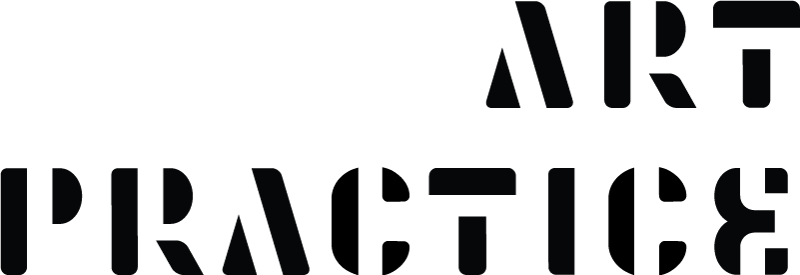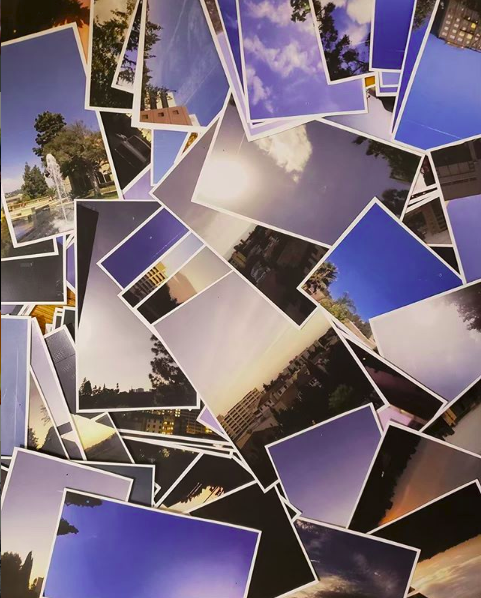Green screen in the DML Video Studio
Digital Media Labs (DML)
Contact: Dillon Thomas, Digital Studio Technician: dillont@berkeley.edu
The Digital Media Lab (DML) is a consortium between the Departments of Art Practice, Film & Media, and Theater, Dance, and Performance Studies (TDPS). It proudly functions as a model of interdepartmental initiatives to support curricular development and digital media on campus. Art Practice facilities include dedicated digital photography, video editing, sound, green screen, and mixed-use performance spaces.
Lab use: Access to these spaces is reserved for students enrolled in media production classes and to graduate students in Art Practice. There is a lab fee of $60.00 per semester for expendables.
Equipment checkout: The Digital Media Labs have equipment available for student checkout, including digital video cameras, lighting kits, audio recording devices, microphones, mic stands, boom poles, and a variety of audio and video production accessories. You must be enrolled in a media production course to have equipment access.
Digital Photography Lab
(275 AAP Building)
A dedicated digital photography lab, complete with projection facilities, 22 computer workstations, an Epson flatbed and photo scanner, and two Epson digital printers, including a 44-inch, large format Epson Photo Stylus Pro R9900 printer. An equipment check-out office is adjacent, with a range of DSLR cameras, portable lighting, and tripods.
Video Production Studio
(285 AAP Building)
This spacious studio offers a large flexible space for video shoots, including a Libec dolly tripod, MoleRichardson lighting, a green screen, a skateboard dolly and tracks, and rolling scaffolding.
Video Editing and Game Design Lab
(295 AAP Building)
The studio is set up as a large digital editing lab with Apple and PC workstations and an independent sound-recording booth. Unity game development, After Effects video editing, and Audacity sound editing happens here, and students have 24-hour access to this facility. Software options include Adobe and Macromedia editing suites, Maya, Max/MSP/Jitter, Unity game development, After Effects, Audacity sound editing, and more. Other available hardware peripherals include a midi keyboard, audio reference monitors, an audio mixing board, data projectors, display monitors, VR headsets and capture tools. A separate audio recording booth has space for 3 people comfortably with walls covered in sound-absorbing material.
Fall 2022 Faculty:
Sabrina Gschwandtner, Lecturer
Arielle Rebek, Lecturer
Amy Elkins, Lecturer
Bec Imrich, Lecturer
Sholeh Asgary, Lecturer
Chris Kubick, Senior Continuing Lecturer
Greg Niemeyer, Professor


